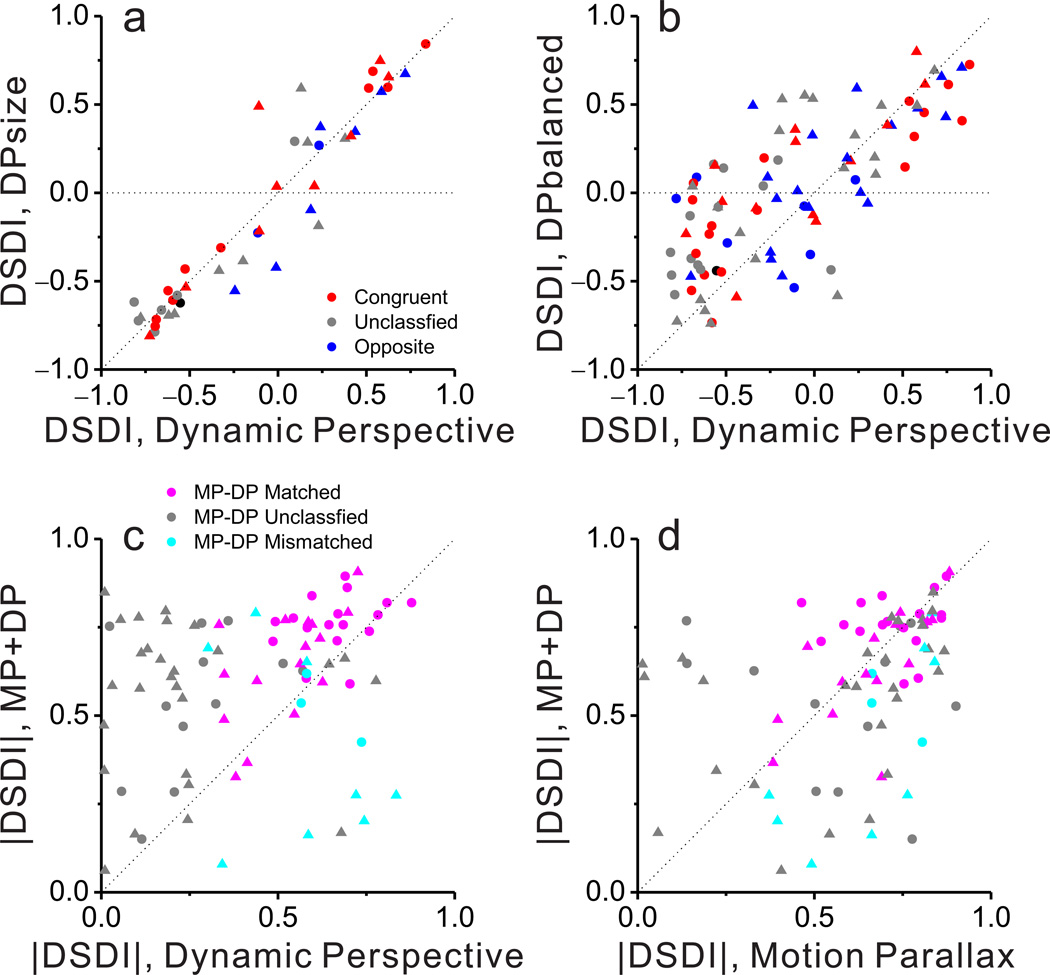Figure 5. Effects of auxiliary cues on depth-sign selectivity and effects of cue combination.
(a) Comparison of DSDI values between the DPsize control condition and the standard Dynamic Perspective condition; format as in Figure 4b. Eliminating size cues has little effect on depth-sign selectivity (b) Comparison of DSDI values between the DPbalanced control condition and the standard Dynamic Perspective condition. Eliminating asymmetries in the speed distribution between near and far dots modestly reduces depth-sign selectivity; see text for details. (c) Comparison of absolute DSDI values between the MP+DP condition, in which both eye movement and dynamic perspective cues were present, and the standard Dynamic Perspective condition. Data are shown separately for neurons with depth-sign preferences in the Motion Parallax and Dynamic Perspective conditions that are matched (n = 33, magenta), mismatched (n = 11, cyan), or unclassified (n = 39, gray). (d) Comparison of absolute DSDI values between the MP+DP condition and the Motion Parallax condition; format as in c.

